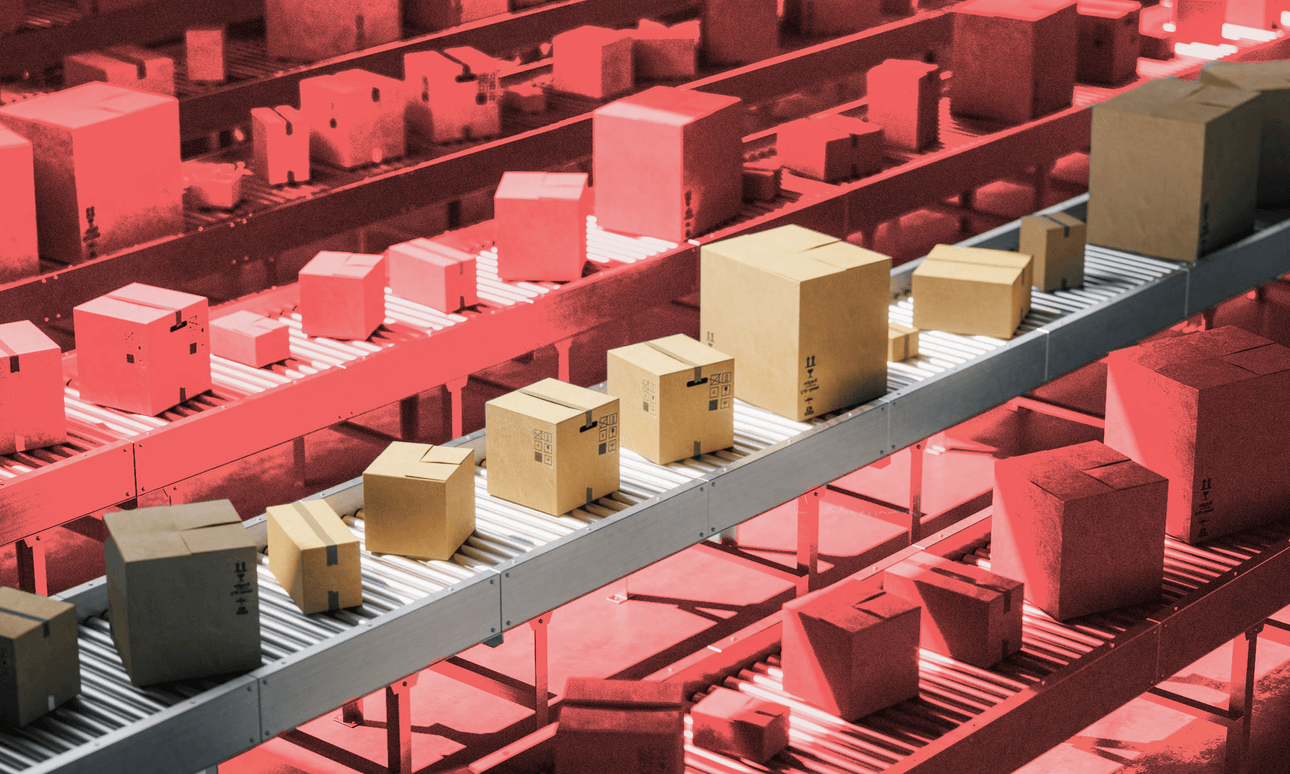NZ Post has just announced that its Post, Rural Post, CourierPost and Pace brands will soon be combined under the single NZ Post brand. The Spinoff visited their Auckland HQ to find out what it all means.
So wait, what’s actually changing?
Pretty much just the visual identity, because the change it reflects is already happening. A steady trend of online shopping accelerated dramatically last year after the level four lockdown gave way to level three and New Zealanders realised they could buy almost anything they needed (and lots of things they didn’t really need) on the internet and have it delivered to their homes. At the same time, retail businesses that didn’t have an e-commerce game quickly developed one.
NZ Post’s eCommerce report The Full Download shows that New Zealanders spent $5.8 billion at online retail last year, while online shopping peaked at a 105% increase in alert level three. By the end of the year – and after a Christmas bump that actually exceeded the level three spike – they had delivered 85 million parcels across their services, Post, Rural Post, CourierPost and Pace.
NZ Post has been working on bringing its services under a single brand for a couple of years, but that move became much more relevant last year, especially as all their services worked together to meet the huge delivery demand.
Are businesses and consumers going to notice the change?
Well, the new logo won’t change the way they engage with the delivery service. But it does come alongside a strategy to invest for future growth and to make its burgeoning parcel business more sophisticated, with better use of data to improve parcel tracking and, eventually, let consumers easily configure deliveries for when it suits them.
But NZ Post does want to look smart to reflect its modern service, says CEO David Walsh: “The importance of the brand is the confidence that our customers – both businesses and everyday people, for parcels and mail – have to feel. New Zealanders have changed the way they use NZ Post, so we need to have a bit of an update to reflect that. We want our imagery up to date, our vans looking sharp. People have to have confidence that NZ Post is here and reinvesting for the future.”
How’s NZ Post doing anyway?
Pretty good, actually. Asset write-offs related to the long decline in traditional letter volumes drove a painful writedown of $121 million in the year to June 2019 – and last year, business ran dry during level four, then operational costs shot up to meet the demand when it ended. But its latest half-yearly result showed a profit of $27 million. Within that, letter volumes fell 18% and revenue from delivering them was down $39 million – but parcel revenue rose by $42 million. Basically, it’s come out well from a very disruptive period.
Do letters even matter any more? I’ve got like eight different ways to send someone a message just on my phone.
They matter a lot for some things – including elections. The business faced some challenges in mailing out election material last year – including a Covid-enforced date change and a potential loss of trust as New Zealanders took in the news about the US Postal Service’s struggles. But Walsh was stoked with how they delivered voter packs to nearly two million households, on time and without any disruptions – telling The Spinoff, “We smashed it. We delivered that election. Mail still has an important communication role.”
Does NZ Post aspire to the kind of slick delivery service of a Mighty Ape or a My Food Bag?
How interesting you should ask! NZ Post actually does deliver those. They’d probably like you to be more aware of that. Indeed, says Walsh, “success for me would be Mighty Ape, Hallensteins, The Warehouse proudly saying ‘NZ Post is our delivery partner.’ And those that don’t [use NZ Post] starting to wish that they did.” So part of the rebrand is about visibility for what Post already does.
So there’s a new logo, got it. But what’s the deeper message?
A number of things. On one hand, that it’s still out there delivering after 180 years and that trust in its services is founded in that history. On the other, its strategy – as tested in 2020 – is to be nimble and responsive to change, whatever that change is. The message for its delivery partners, says Walsh, is that “our demand is your demand – so what are you seeing coming into your pipeline, and how do we work together more collaboratively to make sure we help each other succeed?”
Another of those things is sustainability. Some of the moves it has made in that field – a campaign to assist its contractor drivers to move to electric vehicles – haven’t really been marketed to the public, but person-to-person deliveries became carbon-neutral at the beginning of April and you can expect to hear more about it as the company moves to using 100% reusable, recyclable, or compostable packaging by 2025. By that time, the company expects a quarter of its courier fleet to be electric – and all of its corporate vehicles.
The goal is to have a fully carbon-neutral operation by 2030. Walsh expects that to matter not only to consumers, but to its “big senders”, who will have their own environmental agendas: “If you’re going to be proud as an organisation about your EV goals, then we can help you achieve that by using us as your delivery partner.”


